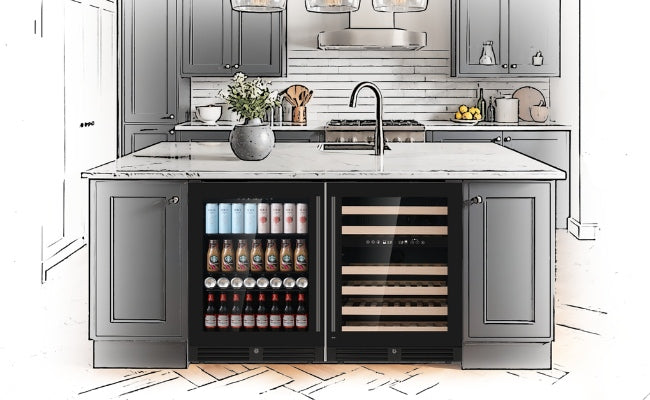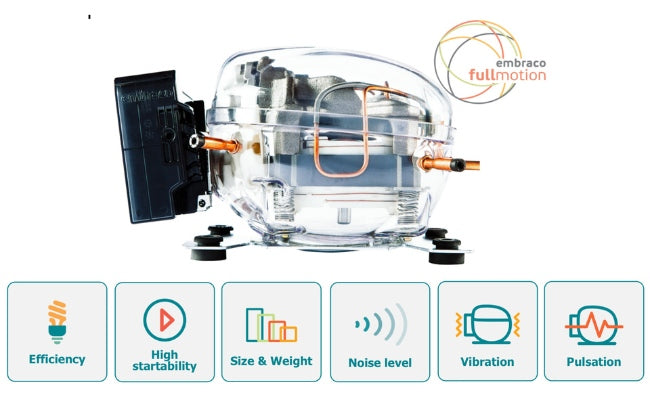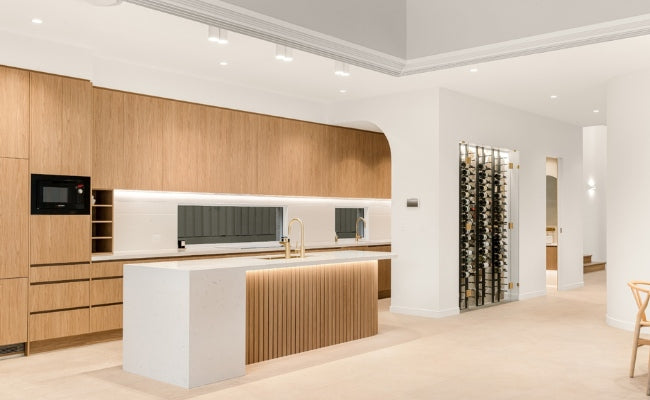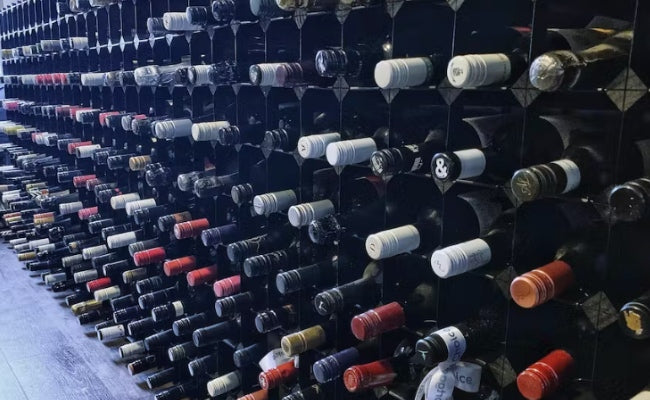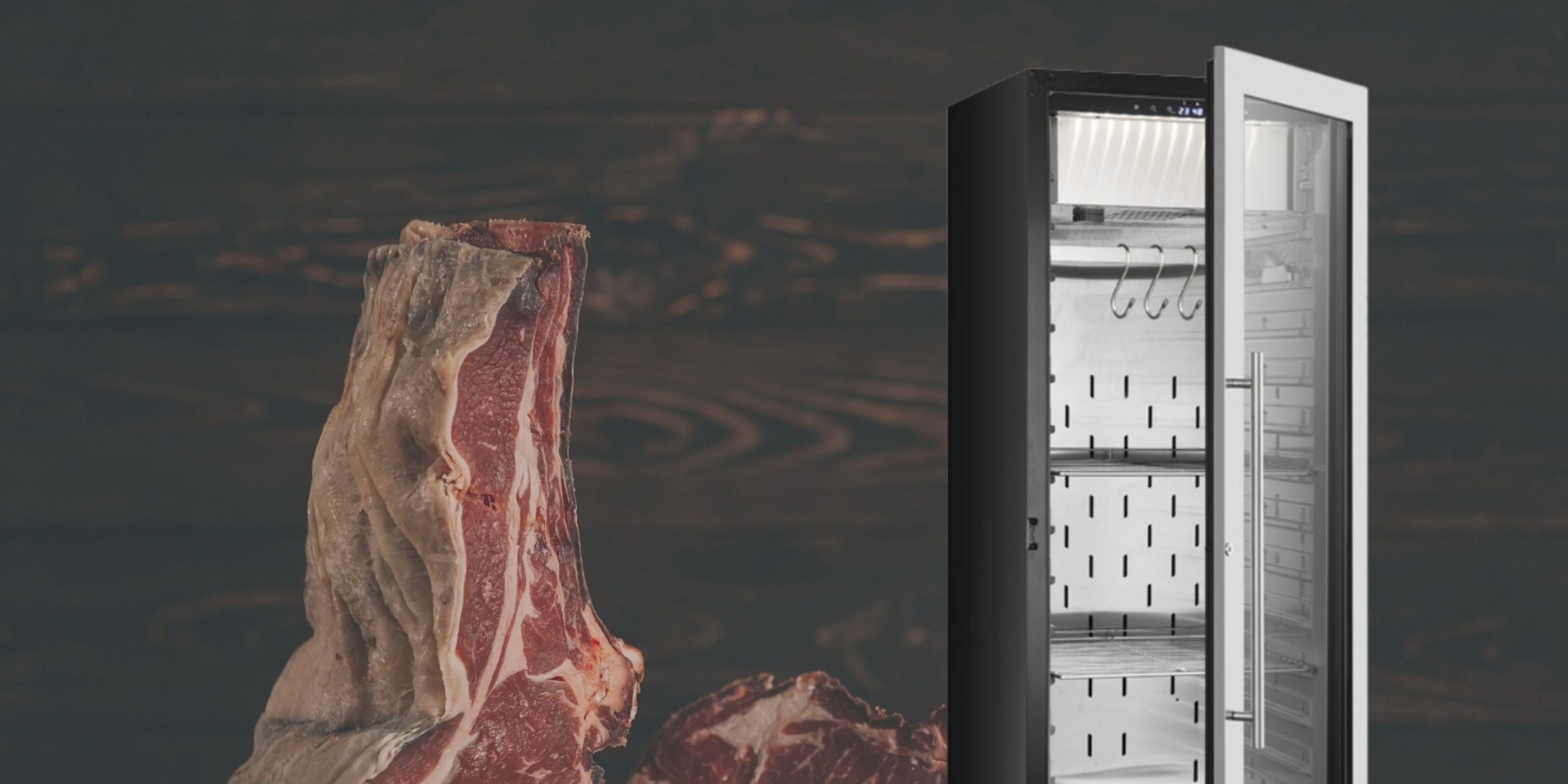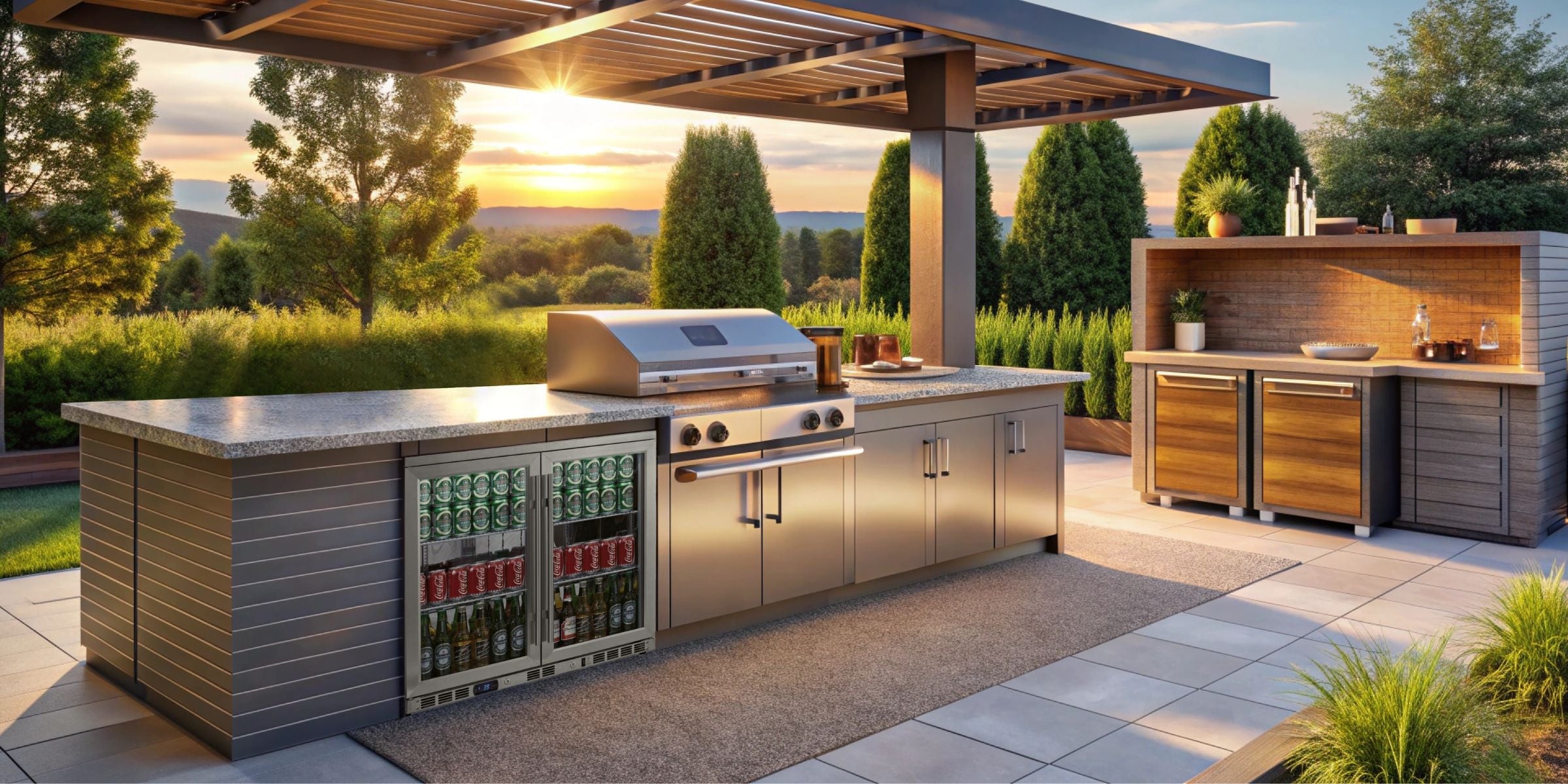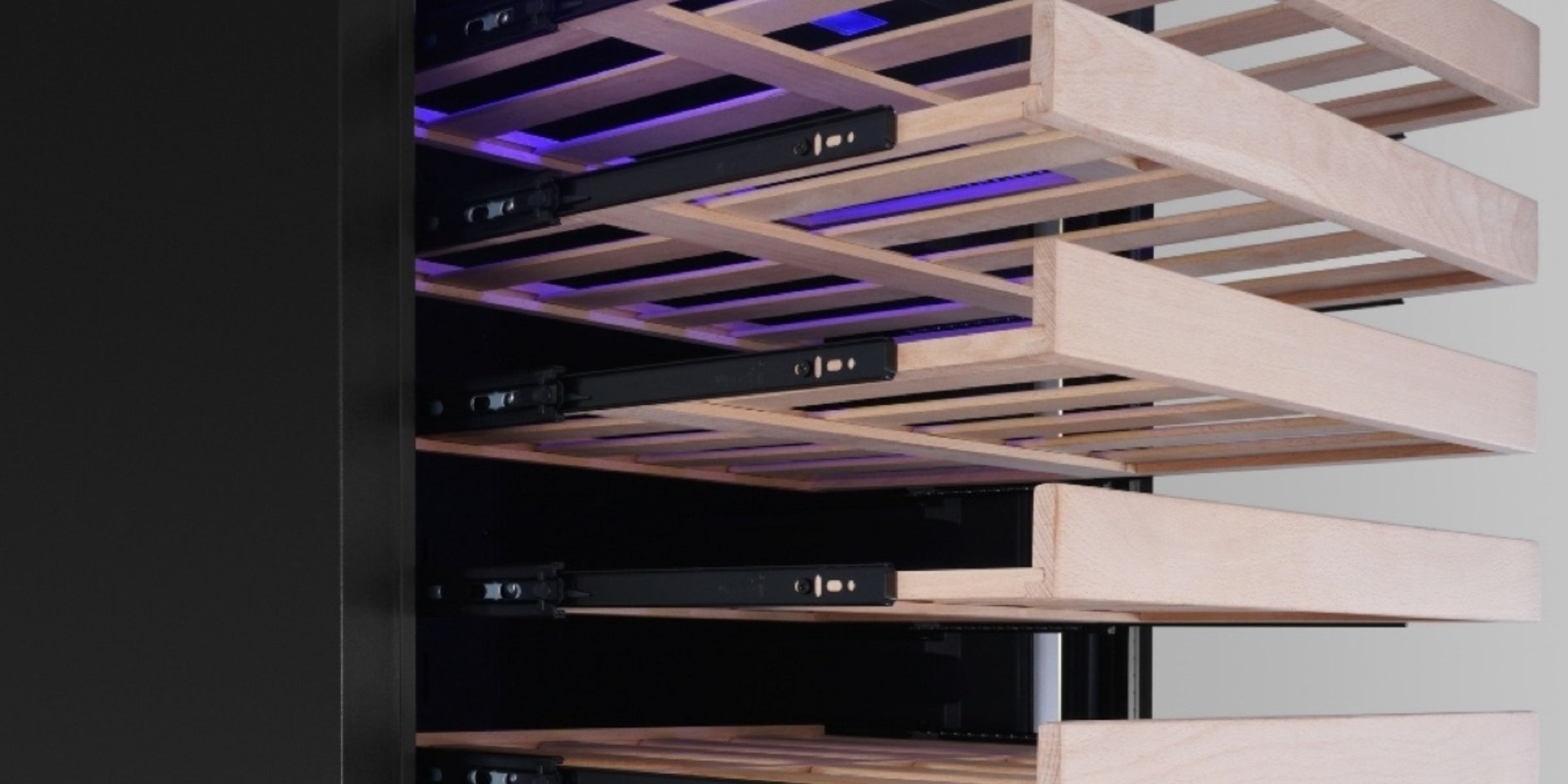
Top Features to Look for in a Wine Chiller Fridge
Whether you’re a casual enthusiast who enjoys the occasional glass with dinner or a festive entertainer with dozens of bottles always on hand, having a dedicated wine chiller fridge makes all the difference in enjoying wine at its best. Unlike standard refrigerators, designed for veggies, leftovers, and soda cans, a wine chiller treats every bottle as the precious, living creation it is.
But with so many brands, sizes, and flashy features filling store shelves and online marketplaces, picking the ideal fridge for your home can feel daunting. How do you separate the must-haves from the marketing hype? What’s truly important for preserving the flavors and potential of your favorite wines, whether it’s a crisp Sauvignon Blanc, a bold Zinfandel, or Champagne reserved for a birthday celebration?
This guide dives deep into the essential and advanced features to seek in a wine chiller fridge, answering common questions with a practical, welcoming voice. Read on to make your next wine fridge purchase a joyful and rewarding investment.
Why Your Wine Deserves Its Own Fridge
You might wonder: Is a special appliance really necessary? Couldn’t I just use a regular kitchen fridge, or even a cool spot in the basement?
The answer is simple: wine is delicate, and its character is shaped by how it’s stored, just as much as where the grapes grew or how the winemaker pressed them.
Here’s why:
-
Temperature Consistency:
Ordinary fridges are much colder than wine needs, and their temperatures fluctuate every time you open the door. This instability ages wine too rapidly and can mute its subtle notes. -
Humidity Matters:
The low humidity of regular fridges dries out corks, leading to air leakage and oxidized, spoiled wine. Conversely, too much humidity can cause mold. -
No Vibration, Please:
The frequent cycling and vibration of regular fridges disturb the wine, moving sediment and disturbing natural aging. -
Proper Storage Angle:
A wine fridge is designed to store bottles neck-down or horizontally, keeping corks moist and eliminating air pockets.
For wine lovers, these aren’t minor points, they can mean the difference between a glass of something extraordinary and a pricey disappointment.
1. Precision Temperature Control: Protects Every Pour
The single most important feature in a wine chiller? Consistent, adjustable temperature control.
Wine is sensitive to heat and cold. Even a few weeks at the wrong temperature can cook its delicate flavors or dull its aromas forever. Ideally, wine ages and stores best between 45°F and 65°F (7°C–18°C), with 55°F (13°C) often cited as the “golden” cellar temperature.
Key Things to Look For:
-
Digital Display with simple controls, lets you fine-tune and monitor the exact temperature, no guessing required.
-
Stable Compressor or Thermoelectric System: A quality fridge will keep your set temperature rock-steady, avoiding wild swings.
-
Lockable Settings: Prevents accidental adjustments if you have curious children or frequent guests.
Tip: If you prefer reds, whites, or sparkling wines at ideal serving temps, a chiller that covers this full range is best.
2. Dual-Zone or Multi-Zone Cooling: The Ultimate for Collectors
If you enjoy both reds and whites, or sparkling wines and rosé, then a dual-zone (or even multi-zone) wine chiller is a game-changer.
Why It’s Great:
-
Simultaneous Storage: You can store your reds at 60°F, whites at 48°F, and perhaps a sparkling shelf at 42°F.
-
Easier Entertaining: Always have wine ready at perfect serving temps, no pre-chilling required.
-
Clear Separation: Keep aged bottles at long-term storage temperature, while also maintaining a space for daily drinking bottles.
Dual-zone fridges typically offer two temperature-controlled sections, each with adjustable settings and sometimes dedicated digital panels. More advanced (and pricier) models may offer three or even four distinct zones, particularly useful for large collections or personal wine bars.
Good to Know: Single-zone models work just fine if you prefer one type of wine or mostly store for aging, not quick serving.
3. UV-Protected and Double-Paned Glass Doors: Preserves Taste & Freshness
One of the joys of a wine fridge is being able to see your collection on display. That beautiful glass door isn’t just decorative, it serves an important protective function.
Why UV Protection Matters:
Sunlight (specifically, ultraviolet rays) chemically ages wine, causing it to develop unpleasant aromas or lose its freshness. Wines stored in a sunny room or anywhere near a window are especially vulnerable.
Look for These Features:
-
Double-Paned or Triple-Paned Glass: This improves insulation and minimizes temperature loss, helping your fridge work more efficiently.
-
Tinted Glass with UV Filter: Acts like sunglasses for your wine, shielding your bottles from damaging light.
-
Low-E Coating: Some premium models add this advanced layer for extra UV and thermal resistance.
The right glass door lets you showcase your collection, without risking spoilage.
4. Vibration Suppression: Let Your Wine Sleep Peacefully
Wine needs time, patience, and quiet. Vibration, either from harsh motors, poor construction, or even frequent door openings, can disturb the natural sediment, blend flavors, and disrupt the delicate chemical changes taking place in the bottle.
Features That Make a Difference:
-
Compressor Mounted on Rubber Feet: Minimizes vibrations transmitted through the fridge frame.
-
Thermoelectric Cooling (For Smaller Models): These run quietly and virtually vibration-free.
-
Soft-Close Doors and Easy-Glide Shelves: Reduce shake when you’re selecting a bottle.
If you plan to store bottles long-term or enjoy mature vintages, this feature is critical for preventing what wine connoisseurs call “bottle shock.”
5. Humidity Regulation: For the Long-Term Collector
Most wine fridges are optimized for ideal humidity (generally between 50% and 70%), but not all monitor it as closely as they do temperature. If you’re collecting valuable wines, aging bottles for years, or live in a region with extreme seasonal changes, humidity regulation becomes essential.
Desirable Features:
-
Built-in Humidity Tray or Reservoir: Lets you add a little water as needed.
-
Automatic Humidity Sensors or Controls: Maintains an optimal balance year-round.
-
Internal Hygrometer: Lets you check levels at a glance.
Keeping humidity in check preserves cork integrity and prevents mold, protecting both your wine and your fridge from potentially costly issues.
6. Flexible Shelving: Make Room for All Your Favorites
Bottles come in all shapes and sizes: slender Riesling, robust Champagne, elegant Pinot Noir, big-bodied Syrah, and even out-of-the-box dessert wines. Your fridge should accommodate them all with ease.
Look for these shelving perks:
-
Adjustable Racks: Shift, slide, or remove shelves to fit larger bottles.
-
Easy-Slide Shelves: For quick access to bottles at the back, especially helpful for smaller fridges.
-
Quality Material: Wooden shelves absorb minor vibrations and provide a classic feel; strong metal racks are durable and easy to clean.
-
Secure Storage: Well-designed racks keep bottles from rolling, rattling, or falling (especially during cleaning or when the door is opened energetically).
If you’re just starting out, consider a model with a bit more capacity or adjustability than you think you need, you’ll thank yourself as your collection grows.
7. Sizing and Placement: Capacity, Footprint, and Fit in Your Home
The “right” wine fridge depends as much on where it goes as what’s in it. Consider your collection, do you buy by the case, or just a few bottles at a time? Is this an accent piece, or do you need under-counter installation for a sleek look in your kitchen remodel?
Getting the Size Right:
-
Small (6–20 bottles): Great for casual sippers, apartments, or secondary storage.
-
Medium (20–40 bottles): Suitable for most wine enthusiasts or frequent entertainers.
-
Large (40+ bottles): Best for passionate collectors, hosts, or as the centerpiece of a dedicated wine room.
Placement Matters:
-
Freestanding vs. Built-In: Freestanding fridges can be placed anywhere with adequate airflow. Built-ins (or under-counter models) are sized to fit flush with cabinetry, must have proper front ventilation.
-
Measure Carefully: Allow for the door to open fully, and check the location of electrical outlets.
-
Noise Considerations: Place away from bedrooms or quiet study spaces if low noise is crucial.
Taking the time to measure now avoids headaches (and returns) later.
8. Energy Efficiency & Quiet Operation
Because wine fridges run around the clock, energy efficiency isn’t just good for the planet, it’s better for your wallet.
Features to Watch For:
-
Energy Star Certified: Indicates low power consumption relative to other models.
-
Eco Modes: Some fridges have power-saving settings when not in heavy use.
-
Quiet Compressors: Check reviews or specs for decibel levels, ideally 30–45 dB for a peaceful home environment.
Bonus: Eco-friendly LED interior lighting lets you show off your bottles without adding heat or changing the storage environment.
9. Smart Technology, User Convenience, and Added Touches
Modern wine fridges blend tradition with technology for ease of use, and a little extra “wow” factor.
Practical Conveniences:
-
Digital Touch Controls: Let you set and check status at a glance.
-
Soft, Gentle LED Lighting: Illuminates bottles, enhancing visibility and presentation without harming wine quality.
-
Security Locks and Child Safety: Peace of mind in busy households or shared apartments.
-
Door Open or Temp Alert Alarms: Sends an alert if the door is ajar or if temperatures stray from your preference.
-
App Connectivity (some premium models): Monitor and adjust settings from your smartphone, even get alerts or wine pairing suggestions.
These features aren’t strictly essential, but they turn day-to-day use and wine selection into a pleasure.
10. Build, Style & Aesthetic: For the Love of the Collection
Your wine chiller will likely hold pride of place in your home, remember to choose something not just functional, but aesthetically pleasing!
-
Exterior Finishes: Choose stainless steel for a professional kitchen look, black for modern minimalism, or opt for models with trim or wood accents for classic elegance.
-
Solid Construction: Doors should close firmly, shelves ought to feel sturdy, and seals need to be tight to maintain stable storage conditions.
-
Reversible Doors: Handy for unique room layouts, especially in smaller homes or tight basement nooks.
-
Customizable Labels: Some models offer label slots for organizing regions, years, or varietals.
Your Step-by-Step Checklist: What to Ask Before Buying
When browsing or shopping, use this quick “pre-purchase checklist” to ensure you don’t miss anything important:
-
What’s my current wine collection size, and will it grow?
-
Which types do I store most: reds, whites, bubbles, or all three?
-
How much kitchen/living space am I willing to devote, and what are my electrical needs?
-
Do I want the fridge built-in to my cabinetry or freestanding?
-
How sensitive am I to noise or vibration?
-
Is a dual-zone or single-zone cooler better for my lifestyle?
-
Do I want any bonus features, like app support, child locks, or bold aesthetic?
-
What’s my ideal price range for these needs?
By answering these questions, you’ll quickly narrow down the options to the models that truly match your home and your tasting style.
More Than Just an Appliance: Investing in Your Wine Experience
Purchasing a wine chiller fridge is about much more than keeping your favorite bottles cold, it’s a commitment to honoring every glass you pour, to curating memories and flavors for yourself, your family, and your guests.
With the right wine fridge, you transform any gathering, big or small, into a special occasion. You gain confidence that your investments (whether sentimental or financial) are protected. And you add beauty and sophistication to your living space.
So, give your collection the home it deserves, by choosing a wine chiller loaded with all the features that truly matter for you, from exact temperature and humidity control, to smart layouts, energy savings, and a style that makes you smile every time you pour.
Remember: the best wine chiller is the one that suits your needs, space, and personality, balancing practicality with the little extras that make every glass feel like an event.


